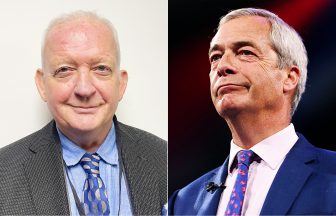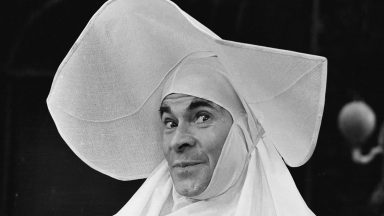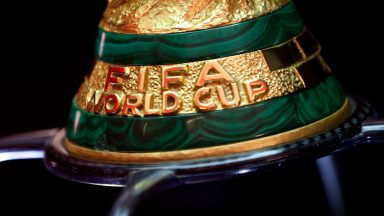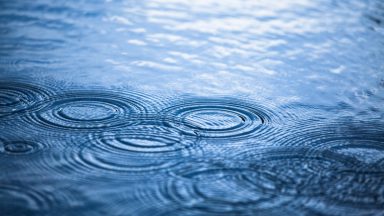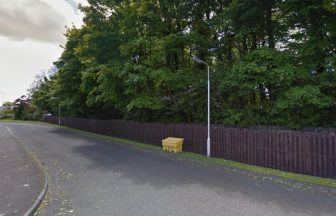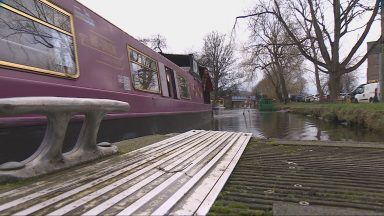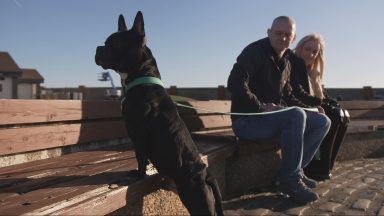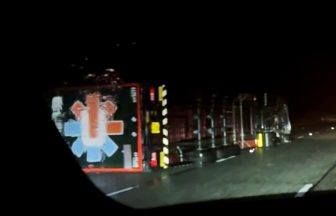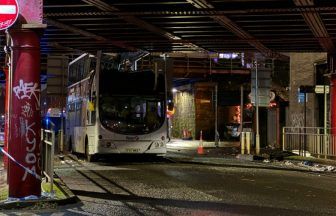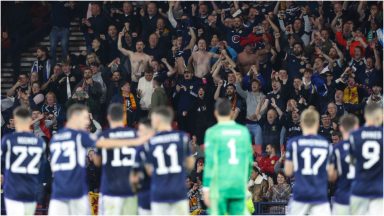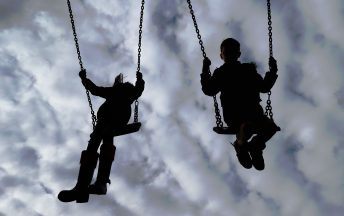Something very special will appear in our skies tonight – a Christmas star.
But before you get on a camel and trek hundreds of miles, which isn’t allowed anyway, it actually isn’t a star, but our two solar system giants, Saturn and Jupiter, getting very close to each other in what’s known as a ‘great conjunction’ – at least when seen from earth.
Don’t worry about them colliding, they’re still about 450 million miles apart, but to us they will be almost in perfect alignment as Saturn moves directly behind Jupiter.
There will be a tiny separation, but because they are so close it will look like a large star.
For weeks now they’ve been getting closer and closer together, but it’s tonight they’ll be closest, in what some are calling the kissing planets.
You’ll need to be quick, though, as they’ll only be visible for a few hours before dipping below the horizon. The good news is this is not something you’ll need to get up at 3am to see, as it should be visible shortly after sunset. The sun sets shortly after 3.30pm, so by 4pm it should be dark enough to see the planets, and they should be visible until around 6pm.
To see them, look towards the south-west after sunset. If you’re not sure where the south-west is, don’t worry, just watch where the sun sets and it’s in this direction that you should see the planets appear a short time after.
If you don’t catch a glimpse this evening, you’ve got a long wait to see them this close again – 2080 and 2417.
Now for the weather – this is usually where it falls down for us in Scotland, with many of our celestial delights happening above our rain clouds.
Well, for a lot of us this will be the case again. The best places to be able to see this event will be Orkney, once the rain clears, the Hebrides, the north and west Highlands and Argyll.
Further south and east there will be a lot of cloud and outbreaks of rain, so I think many of us might miss out, although occasional cloud breaks may give you a fleeting glimpse if you’re lucky.
If you don’t see it, don’t worry, we can hope for clearer skies in 2080.






